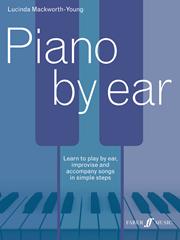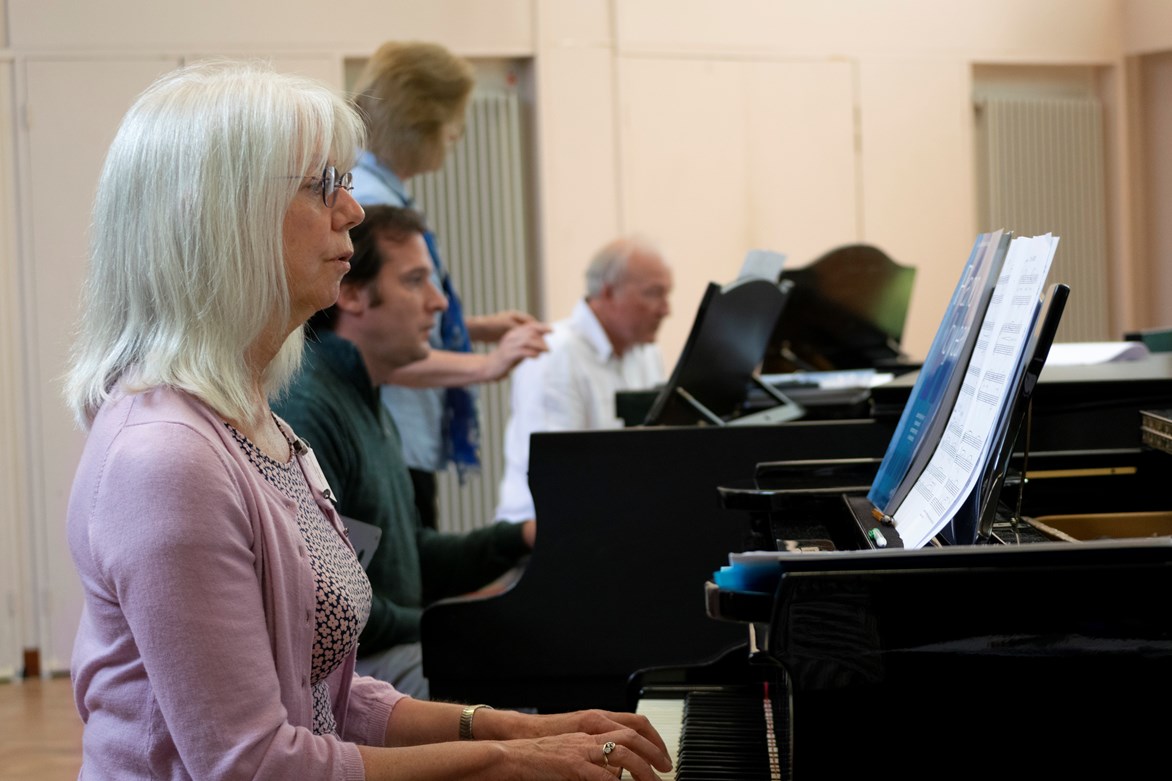Spontaneous Social Piano
HAPPY BIRTHDAY at a moment’s notice, and how to improvise with your friends
Have you ever had an experience like this: Everyone knows you’re the one who can play the piano, don't they? -So it’s you who can play Happy Birthday at a moment’s notice, without any notation, isn’t it?
But the problem is you can’t, because our classical training, despite success in all those Grade exams, taught us to be totally and utterly reliant on reading notes.
So how do you handle such social occasions?
Here’s tip #1: Just learn the chord progression of Happy Birthday, Auld Lang Syne, or the latest pop song, so that you can play a rousing accompaniment while everyone sings. There’s no need to play the tune because everyone knows it. And it’s much easier to remember just the chords when, as is possibly the case, you’ve already had a glass or two …
You need to choose your key with care: Happy Birthday in C major is fine for adults, but too low (or high) for children because the song begins on the fifth note of the scale, G, and has the range of an octave. F major, where the tune begins on middle C, works better.
Then when you’re at the party, and have spotted the piano, run through the chords in your mind, and at the right moment, play a warm and firm “drumroll” octave on C. This gathers everyone’s attention and gives them the starting note. Then, as you begin singing, everyone else will join in, so you can concentrate on just playing the chords.
Here is my favourite arrangement, but you may prefer your own. The chord symbols in both letters (above the stave) and roman numerals (below) will help you memorise the progression:
And here’s tip #2: Learn a repeated left-hand chord progression which you can play from memory while improvising freely, in a five-finger position or full scale, with your right hand. Your friends will be able to join in, playing rhythmically on a specified group of notes -whether or not they’ve had piano lessons.
The example below is a Twelve-bar Blues in Eb -which can be repeated as often as desired, and, in this key, the right-hand improvisation can be solely on black notes: Eb Gb Ab Bb and Db comprise the minor pentatonic scale from which the Blues scale (which has an additional A natural) is derived.
The standard twelve-bar chord progression is:
I I I I
IV IV I I
V IV I I
Each of the chords below is arranged with an open 5th, 6th, 7th and 6th except where there are swift changes of chord, so there the technical challenge has been reduced.
Re the right-hand improvisation: You may feel more secure and, paradoxically, free to be creative, in this comfortable five-finger position:
But your less experienced friends may prefer to play just with their index fingers, jumping all over the keyboard. Physical comfort, enjoyment and musical satisfaction are what matter most.
Use the four-bar, left-hand introduction to set a steady beat and feel the swing rhythm. Then concentrate on maintaining the left-hand chord progression, improvising simply and naturally. If your friends join in, encourage them to imitate and respond to each others’ rhythms and ideas to create a fun musical conversation.
Lucinda’s online video series Anyone Can Improvise! is available from Informance as part of the Piano Teacher’s Course Online or with a subscription on the Practising the Piano Online Academy. ISM members get 30% on individual purchases or £30 off annual subscriptions (click here for further details).




